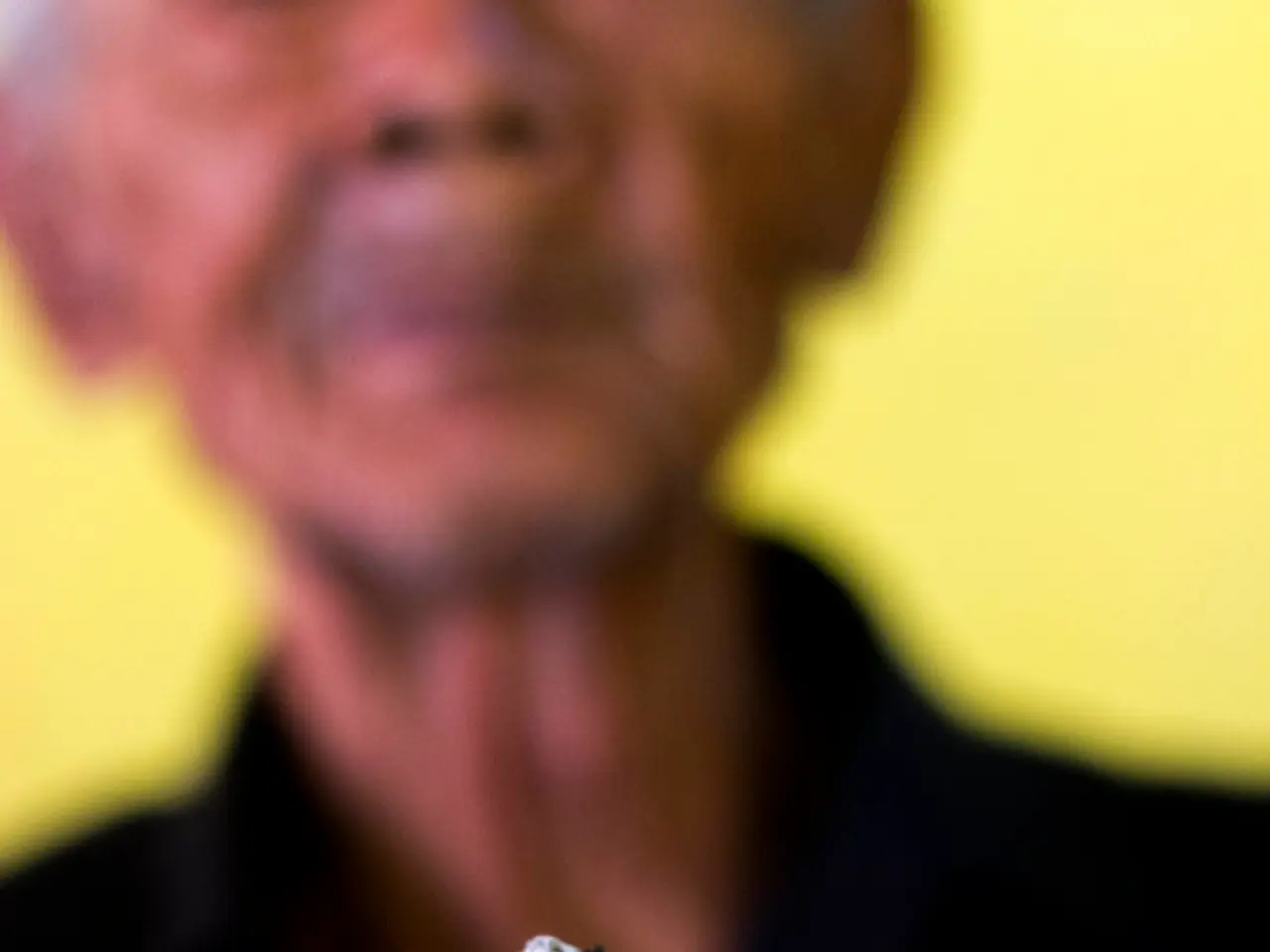Smoking Secondhand: Impact, Frequently Asked Questions, and Additional Information
Secondhand Smoke: A Silent Threat to Public Health
Secondhand smoke (SHS), the harmful byproduct of tobacco smoke that is inhaled by individuals who do not smoke, poses a significant health risk for children, infants, and adults alike. This insidious threat impacts multiple organ systems, particularly the lungs and cardiovascular system.
For children and infants, whose lungs and immune systems are still developing, the consequences of SHS exposure are particularly severe. Increased frequency and severity of asthma attacks, a higher risk of bronchitis, pneumonia, and other respiratory infections, middle ear infections, slower lung growth, and impaired lung function are just some of the potential health issues that children may face. Furthermore, babies exposed prenatally have higher risks of low birth weight, preterm delivery, and developmental problems.
Adults, too, are not immune to the harmful effects of SHS. Long-term exposure can lead to an increased risk of lung cancer, damage to the lining of blood vessels, raising the risk of heart attack, stroke, and high blood pressure, and triggering or worsening symptoms of chronic obstructive pulmonary disease (COPD) and asthma. Additionally, SHS can weaken the immune system’s capacity to fight infections and increase the risk for ischemic heart disease by 25-30%.
It is important to note that there is no safe level or safe distance from SHS, and even brief or low-dose exposure can cause lung inflammation, disturb heart function, and harm blood vessels. Thirdhand smoke, the residue from tobacco smoke that lingers on surfaces and in dust, may also contribute to respiratory illnesses, particularly in children, due to the toxic chemicals it contains.
In summary, SHS exposure causes serious and lasting harm by increasing risks of respiratory diseases, cardiovascular conditions, cancer, developmental issues in infants, and overall immune dysfunction across all age groups. Protecting children and adults from SHS exposure in homes, cars, and public places is critical to reducing these long-term health effects.
Some practical steps to reduce exposure to SHS include leaving the immediate area if someone begins smoking, asking loved ones to quit smoking, encouraging workplaces to implement smoke-free policies, and avoiding riding in cars with people while they smoke. If living with a roommate, partner, or others who may be smokers, asking them to smoke outside can help. If someone smokes at home, asking them to avoid smoking when visiting can also help reduce exposure.
It is crucial to remember that SHS is a preventable health hazard, and taking steps to reduce exposure can significantly improve the health outcomes for children, infants, and adults.
References:
- American Lung Association. (2021). Secondhand Smoke. Retrieved from https://www.lung.org/our-initiatives/healthy-air/solutions/secondhand-smoke/facts-about-secondhand-smoke.html
- American Academy of Pediatrics. (2020). Thirdhand Smoke. Retrieved from https://www.aap.org/en-us/about-the-aap/aap-press-room/news-features-and-safety-tips/pages/thirdhand-smoke.aspx
- Centers for Disease Control and Prevention. (2021). Secondhand Smoke. Retrieved from https://www.cdc.gov/tobacco/data_statistics/fact_sheets/secondhand_smoke/index.htm
- U.S. Department of Health and Human Services. (2014). The Health Consequences of Smoking—50 Years of Progress: A Report of the Surgeon General. Retrieved from https://www.cdc.gov/tobacco/data_statistics/sgr/50th-anniversary/2014/index.htm
- American Heart Association. (2021). Secondhand Smoke and Cardiovascular Disease. Retrieved from https://www.heart.org/en/health-topics/secondhand-smoke
Read also:
- Strategies for Mitigating Negative Feelings in Customer Interaction with Your Goods or Services
- Grassroots Organizations Unite to Amplify Understanding and Prevention of HIV
- Boosting Brain Flexibility and Learning Potential through Citicoline
- Investigating the $5 million sale of Earth's largest Mars rock: what Niger is probing into








